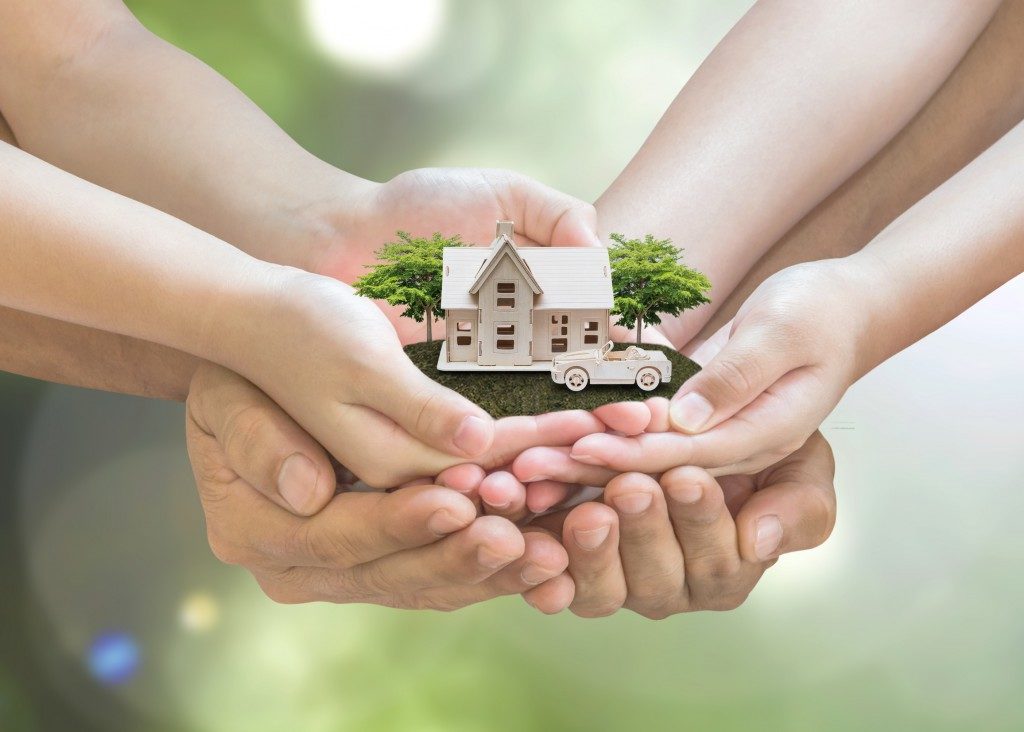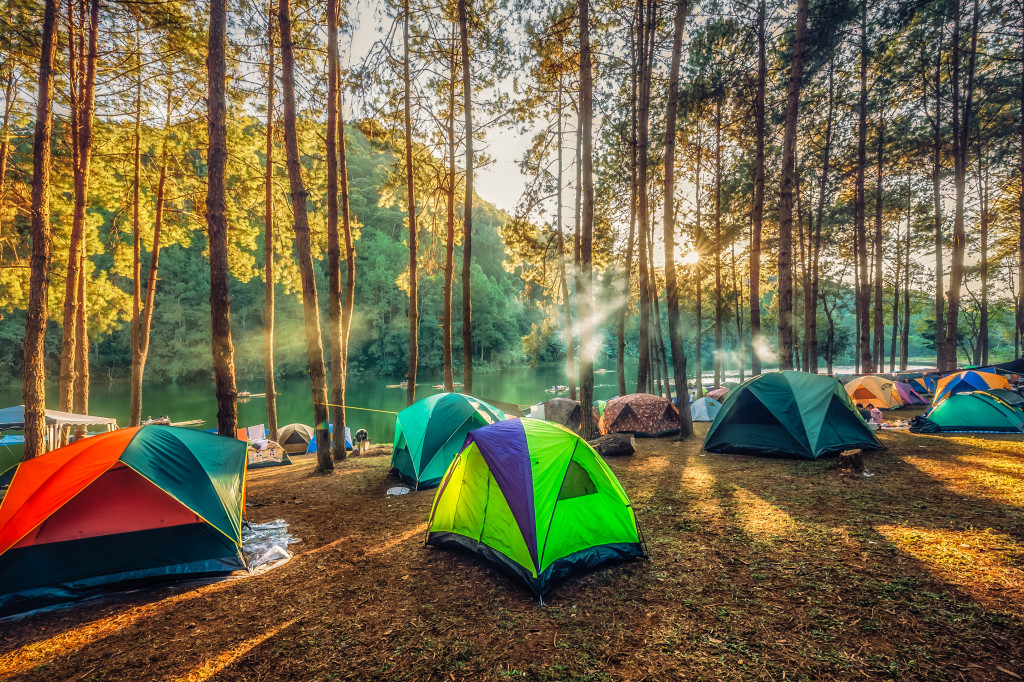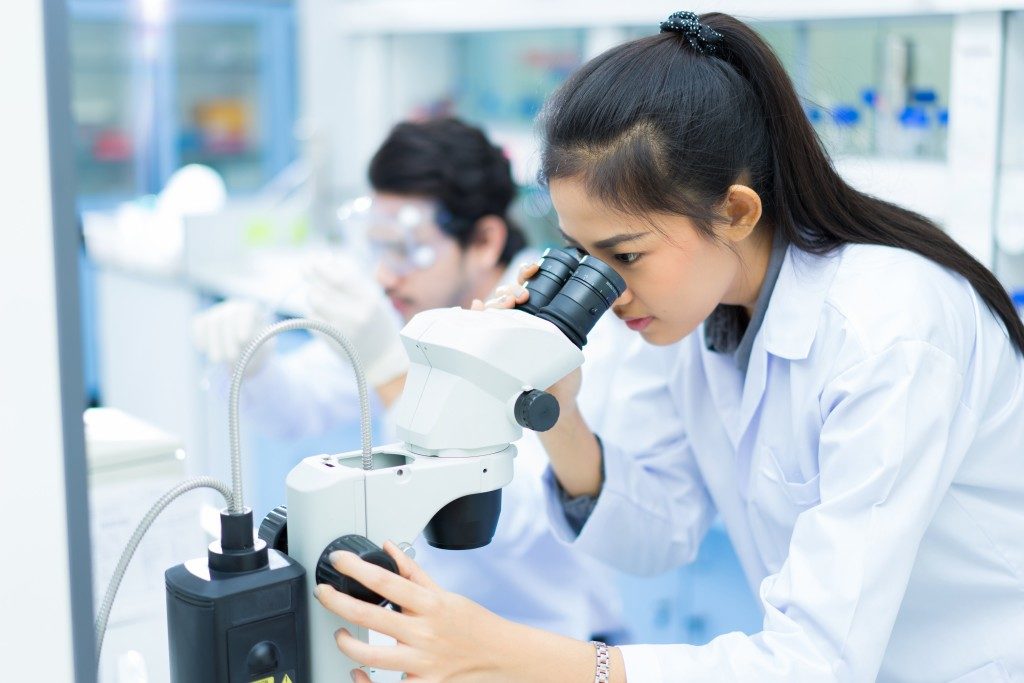One of the biggest trends in architecture right now are ‘green’ homes. Green homes are usually called that way because of their reduced carbon footprint, the sustainability of its building materials, and its use of reusable energy.
Of course, every green home is different, but most of them incorporate these following technologies in their construction. However, even if you’re not aiming for a green home, installing at least just one of these techs into your house will go a long way to both saving the environment and saving you on maintenance costs (not to mention up your house’s market value!):
Alternative Energy Generators
Alternative energy refers to pretty much any type of energy that isn’t derived from coal or oil, but rather, is derived from cleaner, more sustainable sources like solar, wind, geothermal, or hydroelectric.
At the forefront of this is solar energy, with more and more companies investing in highly efficient panels and batteries to power the homes of the future. For houses near bodies of running water, micro-hydropower devices can help you run your heating and small appliances.
Air Purification
Modern air purification devices usually use less electricity than older models, so newer models are much more energy-efficient. Air purification devices help your home stay green because it keeps out pollutants without releasing too much ozone into the atmosphere.
Commercial properties usually install industrial-grade air purification devices. However, private homeowners looking to keep their homes free of contaminants and other pollutants can still reap its benefits by purchasing and installing commercial-grade ones.
Organic Food Growers

When we talk about ‘green’ homes, we need to mention sustainability, and nothing says that more than organic food growers. A recent study by researchers from Columbia has found that organic farms, even small-scale, personal farms in green households, use 45% less energy, and promotes richer biodiversity in the area.
Private homeowners should look into investing in organic food growers that they can install in their backyard. From here, you can plant organic fruits and vegetables that will not only help the environment but ensure that you’re eating healthy.
Another perk of having a personal organic farm in your home is that it helps you repurpose your organic waste. Food scraps can be converted into fertilizer which you can use to grow more plants and enrich your crop. And here’s the best part: having more plants, even fruits and vegetables, in and around your property will not only look good to real estate agents, the vegetation also acts as a natural air purifier and temperature regulator.
Upcycled Building Materials
Modern green houses use upcycled building materials like earth-rammed tires, adobe bags, and recycled concrete as their primary building materials because of their low-cost, low carbon footprint, and efficiency in regulating heat within the house.
Some green homes, called earth ships, even use completely natural materials for its construction, like sand, clay, and even straw. Of course, these materials are processed using modern and highly advanced processes, but in essence, they are fully recycled, fully sustainable, and fully green.







